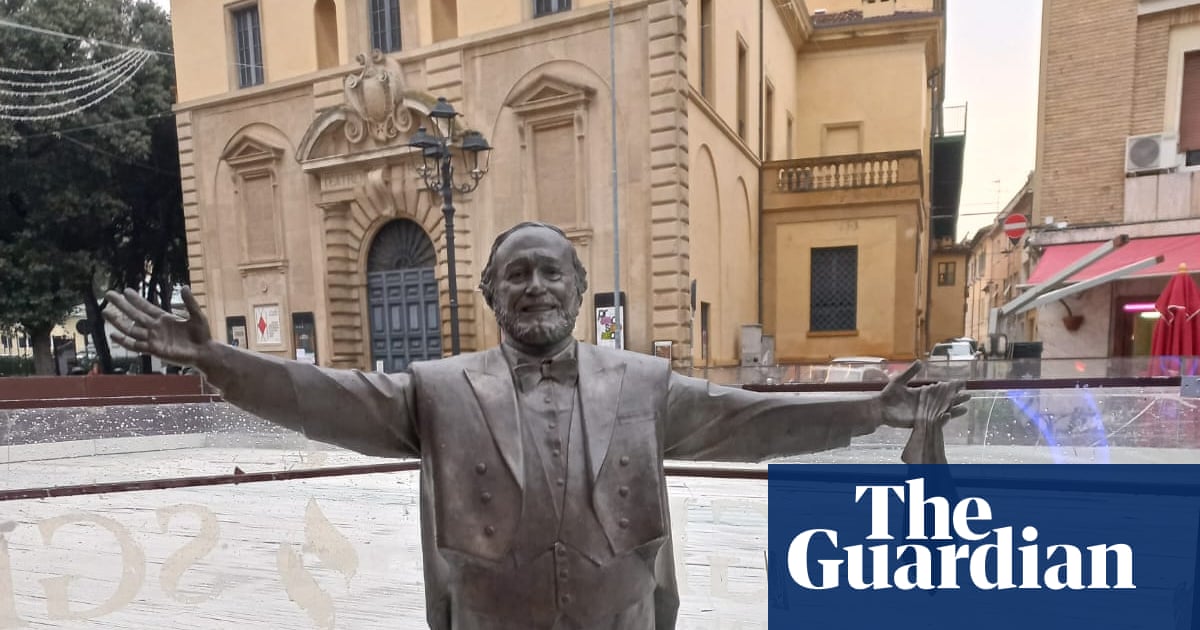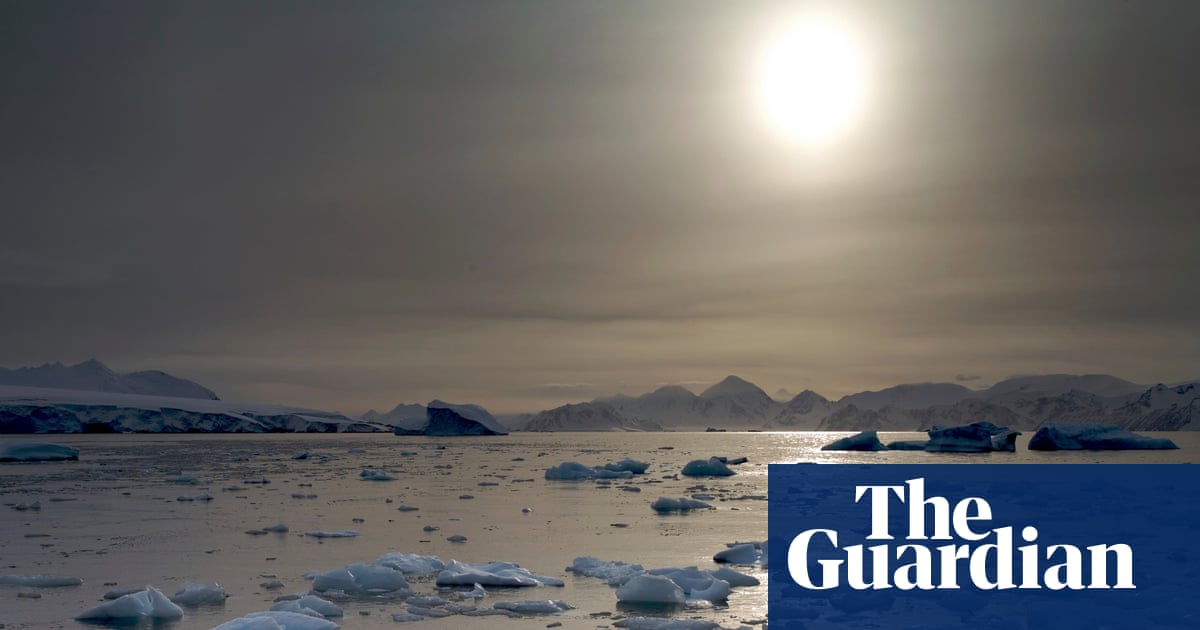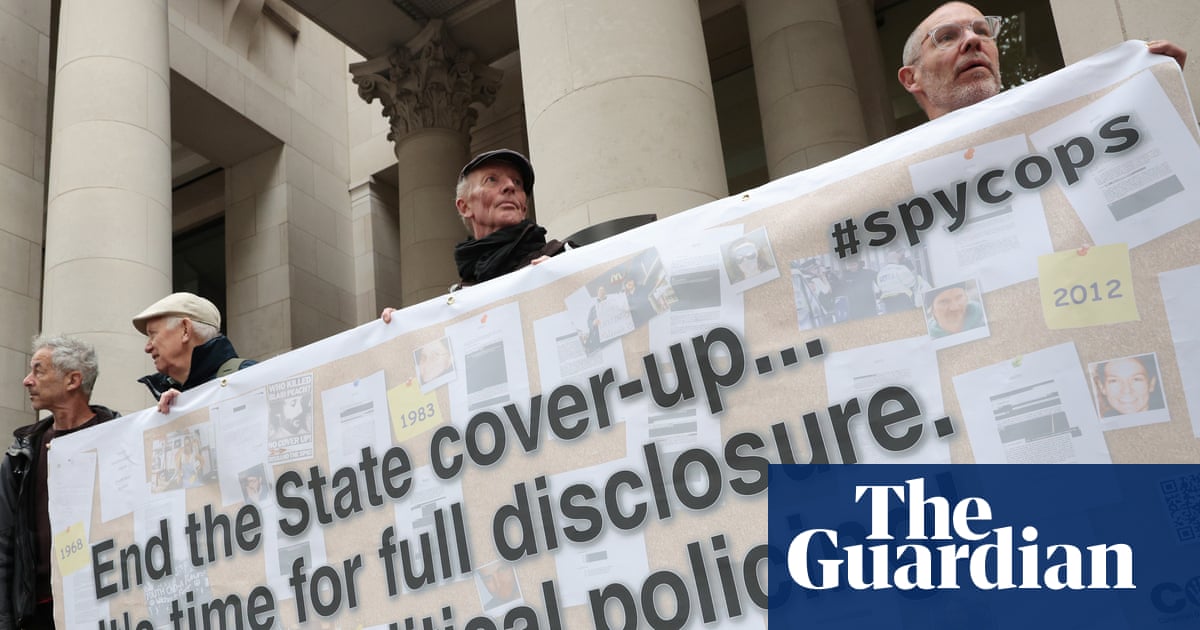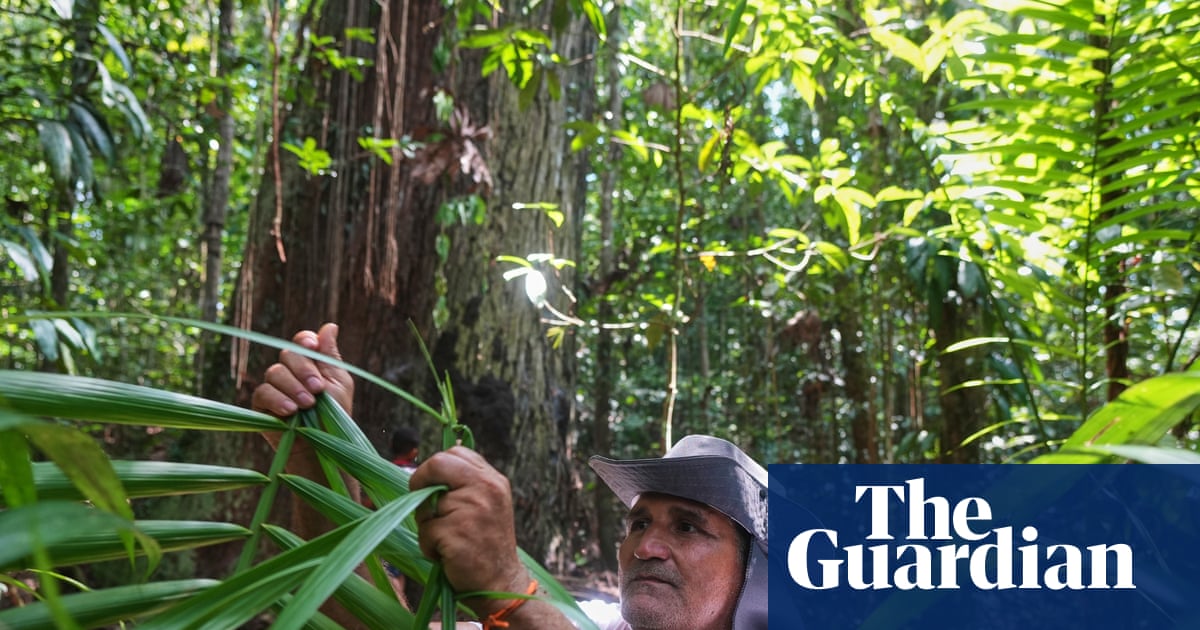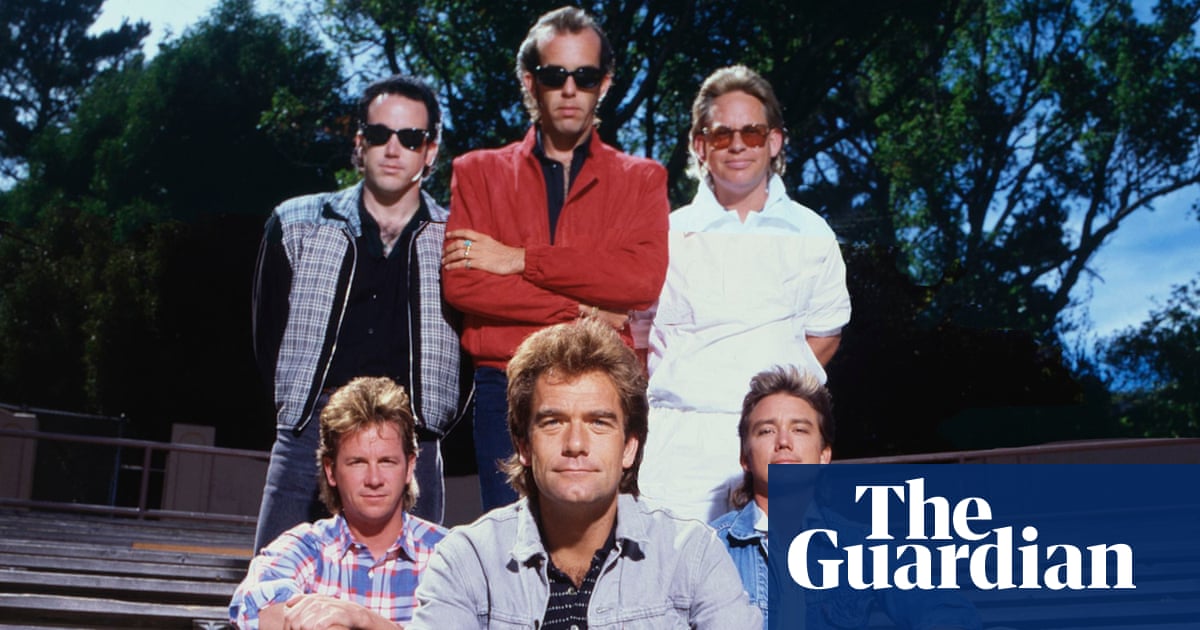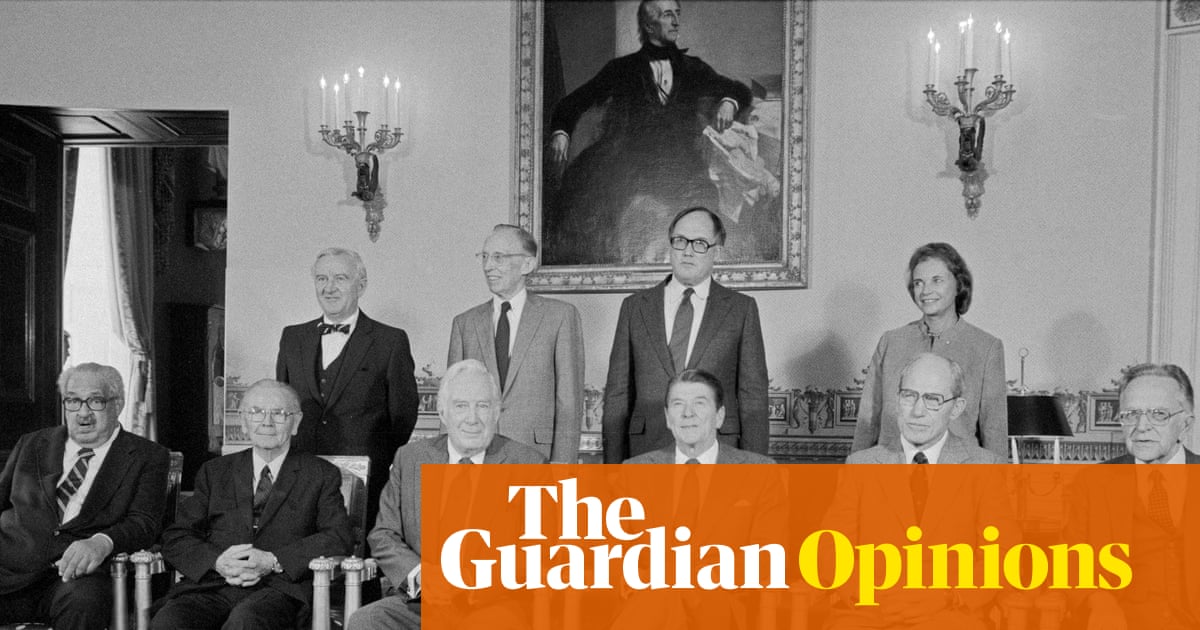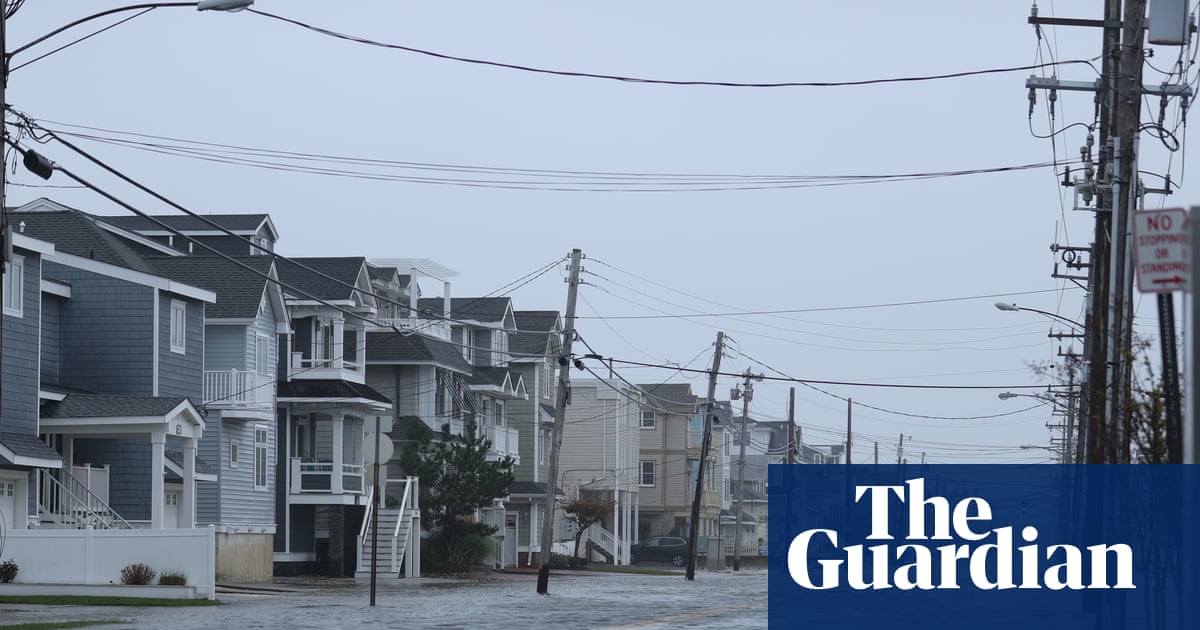For decades, “stopping climate change” has been the singular goal of climate politics. Across the political spectrum, from grassroots climate campaigners to elite UN negotiators, reducing carbon emissions to avoid future catastrophe has been the organizing logic of climate policies.
Yet climate change has arrived and its material impacts are already being felt. This means that climate politics can no longer focus only on preventing future catastrophes. It must now also encompass struggles over how society manages climate impacts already reshaping economic and social life. Insurance markets, housing, water and land use policies, national labor markets, and local economies – all will need to be radically remade as we adapt to a changed and increasingly volatile climate.
To date, climate adaptation has focused on the environmental impacts of climate change: strengthening seawalls against sea level rise, improving flood control systems, and retrofitting buildings for extreme weather events. But this infrastructure-centric framing sidesteps questions about the institutions that will condition how people experience the political impacts of climate change. Should we allow property insurance markets to operate freely, or should the federal government backstop high-risk regions? Do we maintain disaster aid systems that only protect property owners, or do we guarantee equitable recovery support? Do we leave workers laboring in extreme heat to their employers’ whims, or do we enact federal protections?
These questions are not hypothetical. In the United States alone, a spike in non-renewal rates across the homeowners’ insurance industry – even beyond high-risk markets in Florida and California – indicates that climate threatens to trigger a national insurance crisis. In 2023, UPS workers threatened a nationwide strike over on-the-job heat exposure, ultimately winning an agreement to install air conditioning in delivery trucks. That same year, after decades of drought left the Colorado River’s reservoirs at historic lows – threatening water supplies for 40 million people – the Biden administration paid Arizona, Nevada and California $1.2bn to reduce their water usage. How we respond to these political crises – and those to come – will encode fundamentally different visions of society. Yet these struggles remain largely outside the frame of climate politics, which continues to treat adaptation as a technical matter for experts and engineers rather than genuine political contestation.
Climate politics has already moved beyond technocratic frameworks when it comes to mitigation. Nearly 30 years ago, the Kyoto protocol represented the prevailing wisdom that market mechanisms would solve climate change. But as emissions kept rising and those markets proved ineffectual, the focus shifted to national-level industrial policy debates – and with it, climate became genuinely political. Recent years have seen any number of political battles, spanning the green capitalism of Biden’s Inflation Reduction Act versus the democratic socialism of the Green New Deal to debates over lithium nationalization in Bolivia and coal phase-out compensation in Germany. These are fights about values and mediating between competing interests, not merely carbon accounting.
Yet even as climate migrated from the preserve of technocratic elites to more familiar domains of political struggle, it remained restricted to the realm of decarbonization. Even the politically progressive agenda of Zohran Mamdani’s NYC mayoral campaign – which links climate to the cost-of-living crisis, arguing that rent freezes, universal childcare and free public transit will prevent New Yorkers from fleeing for more affordable, but energy-intensive, life in the suburbs – makes its case through an emissions reductions framework. A truly comprehensive climate politics would apply this same political imagination to adaptation – transforming social institutions not only to prevent future warming, but also to manage the climate impacts already transforming everyday life.
The need for this shift becomes clearer once we abandon the apocalyptic framing that has long dominated climate discourse. In insisting that climate change constitutes an all-powerful force that will entirely overwhelm human civilization, climate politics has become blind to the reality that, for most people, climate change will materialize not as something utterly new, but as familiar problems made worse: more people priced out of housing markets after disasters, more workers forced to work during heatwaves, more local industries decimated after extreme weather events. Climate adaptation is not a distinct technical challenge, then, but rather continuous with ongoing political struggles.
The terrain of this struggle is beginning to take shape. The Council on Foreign Relations, for example, recently proposed reforms to the property insurance market to expose homeowners to the “full actuarial cost” of living in high-risk areas like California. By contrast, the progressive Climate and Community Institute has proposed a system of Housing Resilience Agencies that would provide comprehensive public disaster insurance. The contrast is stark: one approach uses price signaling to prod people out of vulnerable areas – effectively a form of managed retreat through market pressure – while the other commits public resources that enable them to stay in place safely. But these kinds of policy debates remain few and far between in climate discourse.
This is not to suggest that mitigation should be abandoned. But the exclusive focus on preventing climate catastrophe obscures a more immediate reality: climate change is already reshaping our world. The question is not whether we will reshape our institutions to manage climate impacts, but how – and whose vision will prevail.
-
Leah Aronowsky is a historian of science and assistant professor at the Columbia Climate School

 4 weeks ago
21
4 weeks ago
21



